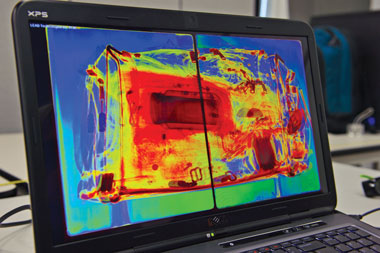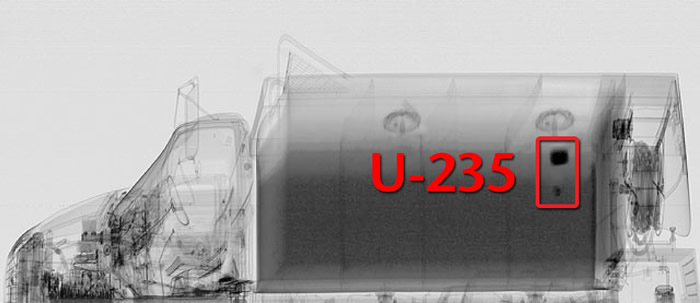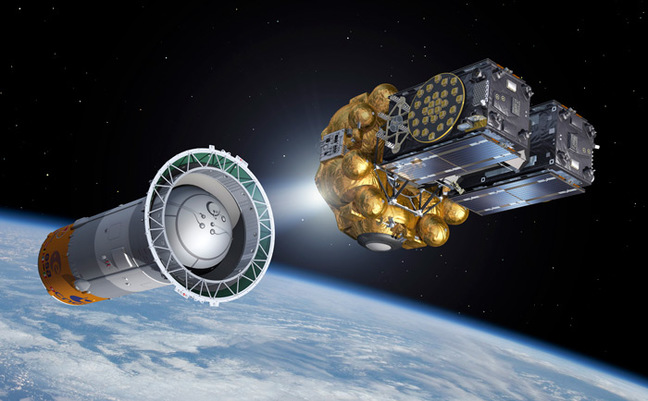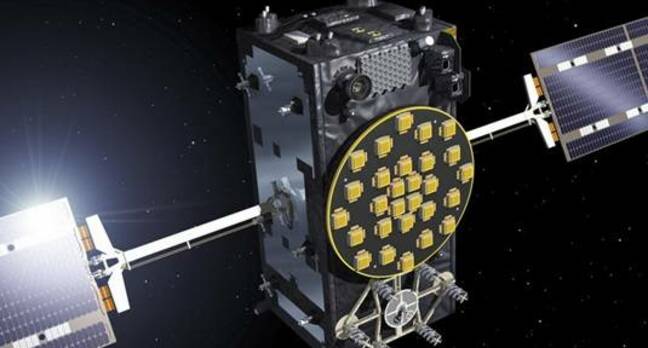As reported by GizMag: With over 100 million cargo containers in transit each year, screening them for illicit nuclear material is a major problem. To keep commerce flowing while maintaining an eye on nuclear terrorism and smuggling, a team of scientists at the University of Nebraska-Lincoln (UNL) is developing a laser-based X-ray machine that can image a uranium disk the size of a stack of three US nickels hidden between three-inch (7.6 cm) steel panels.
 Nuclear smuggling is a much larger problem than many people realize. It isn't just a question of preventing the doomsday scenario of a terrorist group trying to sneak a nuclear warhead or dirty bomb past customs. There's also the matter of stopping the smuggling or theft of civilian nuclear materials for engineering or medicine that could fall into the wrong hands or endanger the public through improper disposal.
Nuclear smuggling is a much larger problem than many people realize. It isn't just a question of preventing the doomsday scenario of a terrorist group trying to sneak a nuclear warhead or dirty bomb past customs. There's also the matter of stopping the smuggling or theft of civilian nuclear materials for engineering or medicine that could fall into the wrong hands or endanger the public through improper disposal.

 Nuclear smuggling is a much larger problem than many people realize. It isn't just a question of preventing the doomsday scenario of a terrorist group trying to sneak a nuclear warhead or dirty bomb past customs. There's also the matter of stopping the smuggling or theft of civilian nuclear materials for engineering or medicine that could fall into the wrong hands or endanger the public through improper disposal.
Nuclear smuggling is a much larger problem than many people realize. It isn't just a question of preventing the doomsday scenario of a terrorist group trying to sneak a nuclear warhead or dirty bomb past customs. There's also the matter of stopping the smuggling or theft of civilian nuclear materials for engineering or medicine that could fall into the wrong hands or endanger the public through improper disposal.
The problem is that equipment for routine scanning is expensive and tends to be on the bulky side, with some systems running to dimensions equivalent to those of a small stadium. This is not helped by the fact that detecting radioactive material is even more difficult if it's sealed in a shielded container.
The UNL team led by Donald Umstadter, director of the Diocles Extreme Light Laboratory at UNL, is working on a nuclear material imager that uses a laser-driven X-ray source based on the laser-wakefield-accelerator-driven inverse-Compton-scattering (LWFA-ICS) device. Put very simply, this is a device developed by UNL in 2013 that scatters lasers off of an electron beam generated by a synchrotron accelerator. In the UNL imager, this scattering produces a narrowly focused X-ray beam that can be directed like a laser pointer and can travel long distances.
| Shouyuan Chen, UNL research assistant professor of physics and astronomy, shows a uranium disk and steel casing |
According to UNL, the new imager reduces the size of stadium-sized facilities to that of a trailer truck. It's lighter, more portable, and uses lower energy levels, so it's safer to use with people in the vicinity. In proof-of-principle experiments, it imaged a coin-size sample and the teams says that it can detect uranium in smaller amounts than the required one-kilogram (2.2 lb) standard through steel much thicker than that used in shipping containers.
The UNL team is currently working on improving the performance and precision of the device, so it can identify shielded nuclear materials while the US government reviews the technology. The team sees the device as having applications in not only curtailing the smuggling of nuclear materials, but also in physics research and as a nuclear site inspection tool.
"It's not unusual for scientists to go beyond basic research to develop new technologies, as we did with our device," says Umstadter. "However, the great urgency and importance of detecting smuggled nuclear materials compelled us to go even further and be the first to apply the new technology."
















